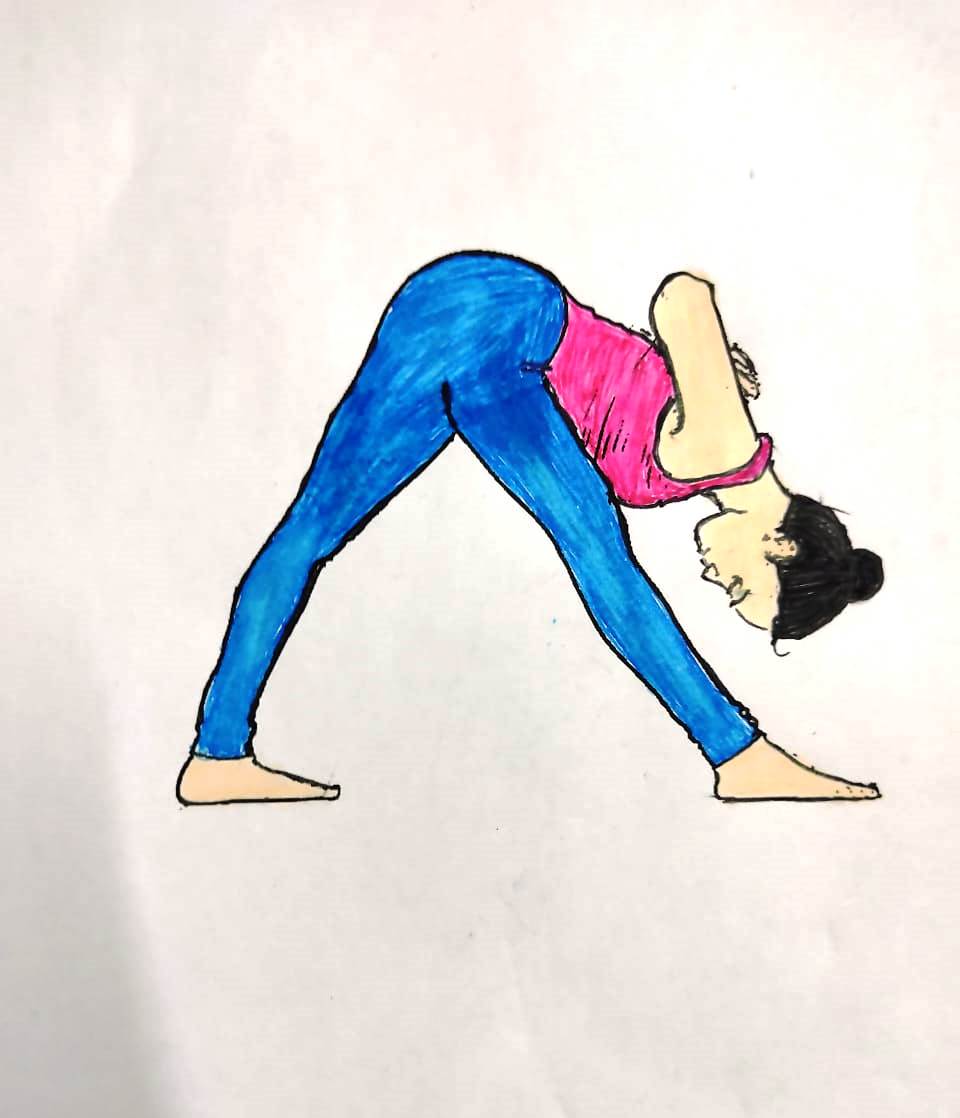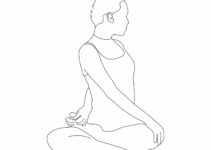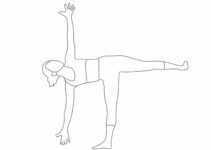Yoga guidelines overview
Yoga practitioners must follow basic general guidelines or, in some cases, clinical guidelines while practising yoga. The prerequisites in Do’s and Don’t need to be followed during yoga sessions. Here, we will discuss the essential and integral components of achieving maximum benefits from the yoga class.

5 Guidelines for Yoga Practice
Bowels conditions
- The first and foremost rule of a practising yoga pose is to clear the bowels completely.
- Some people complain about constipation or heaviness of the stomach.
- In such cases, one should practice Katichakrasana, Agnisar, and Trikonasana and take enough fibrous foods to make the bowels constipated-free.
Nature of surface
- The second most crucial prerequisite is the place and nature of the carpet or yoga mat.
- The place should be flat and have a calm milieu.
- As far as the blanket/carpet/ yoga mat, it shouldn’t be slippery as Sthira Sukham Asanam characterises yoga poses.
Food
- Many people asked me while taking yoga classes whether one can have food before practising yoga poses.
- One thing needs to be clear here: there are many clinical pieces of evidence wherein it has been shown that one can take water, tea or light juice before practising an exercise.
- The same case applies to yoga.
- However, yoga practices involve twisting, compressing and stretching of the body and its parts; therefore, it is recommended that one should take at least a 3-4 hour gap after having a meal.
Time and duration
- Yoga can be performed anytime during the day and evening, subject to an empty stomach.
- However, it is better to practice in the morning in a soothing environment to make oneself de-stress, refresh and refocus, as much scientific research has been conducted regarding the role of yoga in the prevention and management of stress and lifestyle-related disorders.
- Many people have a less flexible body. For beginners, it is advisable to practice yoga in the evening as the muscles have become active and relaxed by this time.
- Initially, yoga poses should be held for a few seconds (10-15); gradually, their duration may be increased at the convenience of the practitioners.
Bath
- Taking a bath or showering before practising yoga helps refresh and energise the muscular activity, ensuring alignment and perfection during the practice.
- One should bathe after 15-20 minutes of a yoga session.
- Shower also ensures focused breathing and better coordination between the body & mind.
Do’s and Don’ts for yoga practice
Do’s
- Start the yoga session relaxed with prayer or some soothing recitation.
- It should be performed slowly, focusing on breath, body and mind.
- Start the session with loosening exercises or yogic sukshma Okayama.
- Your body should be hydrated before going to the practice
- Loose cotton cloth is preferable.
- Better to practice in an open place free from noise and other disturbances.
- Synchronization of breathing is essential, and inhale only through the nose.
- One should practice and hold a particular yoga asana per one’s capacity.
- Yoga poses are associated with contraindications and limitations. These things should be kept in mind while practising.
- End the session with breathing exercises (pranayama) followed by Dhyana or meditation.
Don’ts
- Undue stress and strain are recommended.
- It shouldn’t be performed during menstruation, but pranayama can.
- Eat after 30 minutes of a yoga session.
- If you have any medical conditions, it is better to perform after the consultation with a yoga expert.
- Heavy exercise is not advisable after a yoga session.
- It shouldn’t be practised in unfavourable weather.






I need advance classes in Sunday is it available any batches
Online advance classes
Early morning